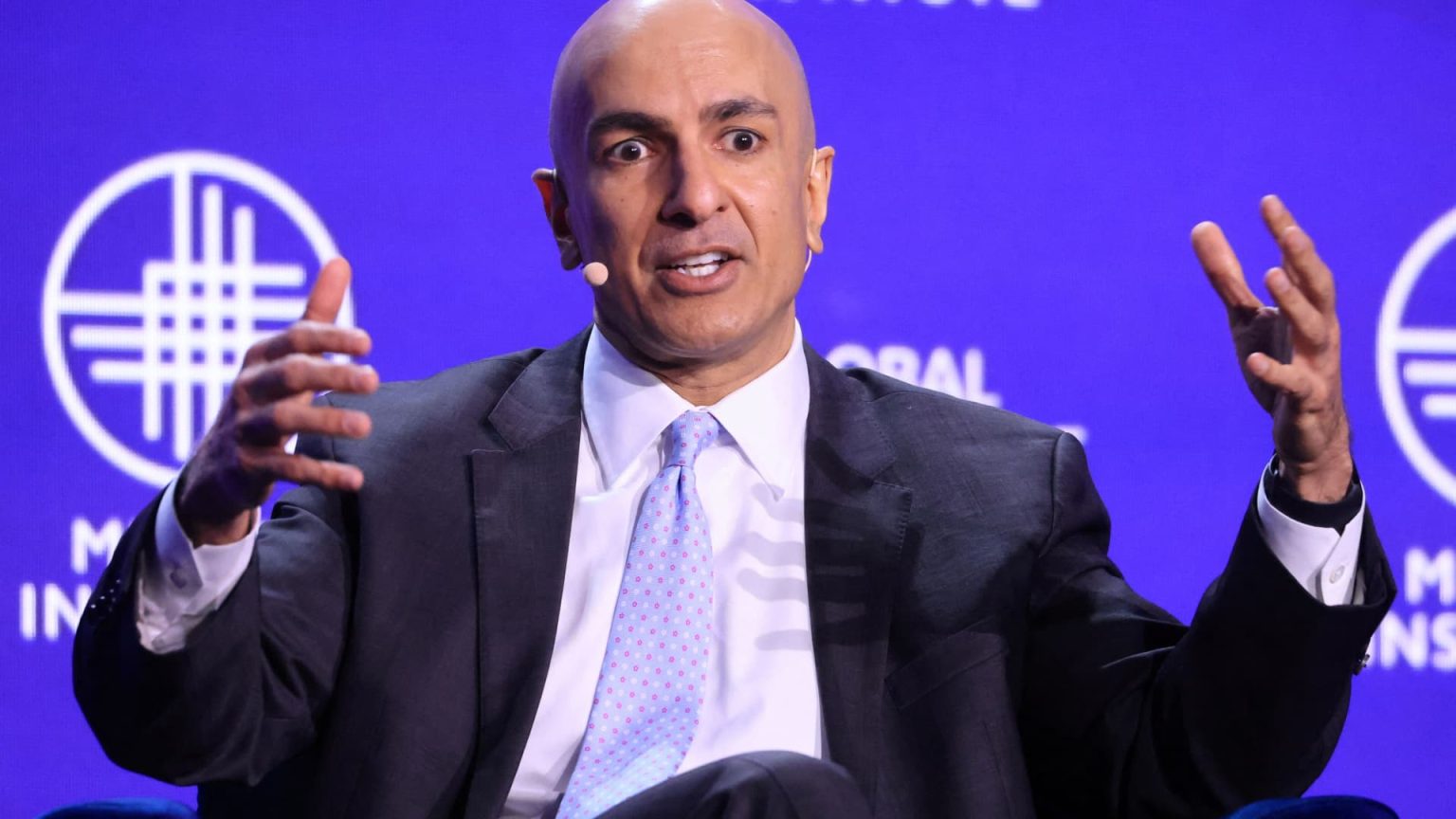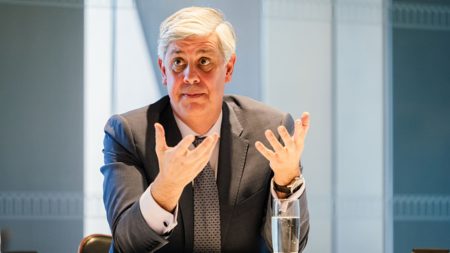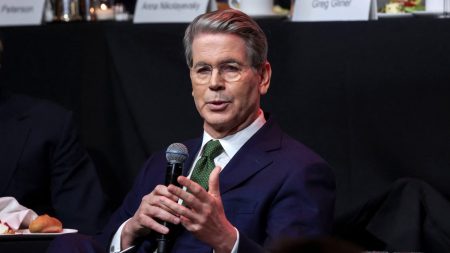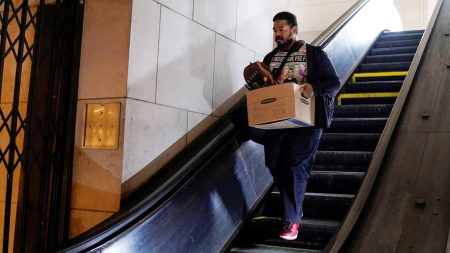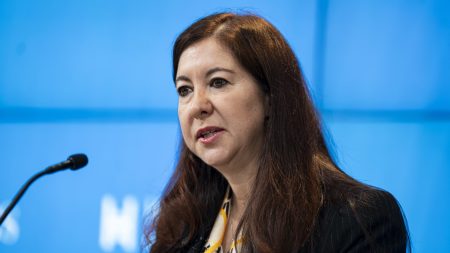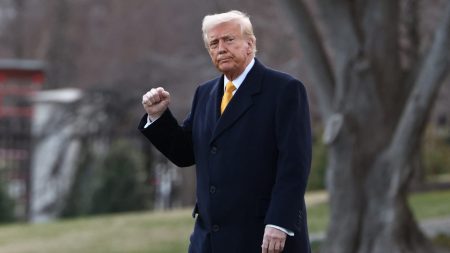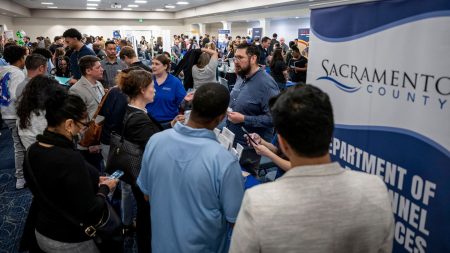Minneapolis Fed President Neel Kashkari Signals Potential Interest Rate Cuts in 2025
Kashkari Expresses Optimism on Inflation and Support for Easing Rates
In a recent interview with CNBC, Minneapolis Federal Reserve President Neel Kashkari shared his outlook on the economy and interest rates, suggesting that the central bank may consider lowering rates later this year if inflation continues to trend downward. Kashkari emphasized the Fed’s dual mandate of achieving maximum employment and stable prices, stating that if inflation data continues to improve while the labor market remains strong, he would support further easing of monetary policy. "I don’t know why we’d have to keep rates where they were if we really saw inflation coming down quickly," he remarked during the discussion.
The Fed’s preferred measure of inflation, the personal consumption expenditures (PCE) price index, showed headline inflation at a 2.6% annual rate in December, while core inflation, which excludes volatile food and energy costs, stood at 2.8%. Although these figures are still above the Fed’s target of 2%, Kashkari expressed confidence that inflation would continue to drift downward, particularly as housing-related data, such as rent prices, ease throughout the year. He reiterated the Fed’s commitment to bringing inflation back to target, saying, "We will get inflation down to 2%. We’re committed to that."
Strong Labor Market and Inflation Trends Support Potential Rate Cuts
Kashkari’s optimism is partially driven by the strength of the labor market, as evidenced by the latest nonfarm payrolls report. The data indicated that the job market remains robust, with employment numbers showing resilience despite broader economic uncertainties. This combination of strong employment and slowing inflation has led Kashkari to suggest that the Fed may not need to maintain its current stance on interest rates if the positive trends continue.
However, Kashkari also acknowledged that the Fed’s path forward is far from certain. As a non-voting member of the Federal Open Market Committee (FOMC) in 2025, Kashkari’s influence on this year’s policy decisions is limited, though he will regain voting privileges in 2026. Despite this, his insights provide valuable context for the Fed’s overall approach to monetary policy.
Fiscal Policy Uncertainties Pose Risks to Inflation Outlook
While Kashkari remains optimistic about inflation trends, he and his colleagues are closely monitoring the potential impact of fiscal policy on the economic landscape. One key concern is the effect of President Donald Trump’s aggressive tariff policies on the largest U.S. trading partners. These tariffs have raised fears among economists that a prolonged trade war could reignite inflationary pressures, offsetting the progress made so far.
Kashkari highlighted the complexity of the situation, noting that the outcome of ongoing trade negotiations and the responses of other countries will play a critical role in shaping the inflation outlook. "We’ll have to see where the uncertainty looks like. What’s the range of the negotiation that’s taking place?" he said. "Obviously, tariffs are hard, because it’s not simply what we do in America, it’s how other countries respond and the back and forth."
Fed to Maintain "Wait-and-See" Approach Amid Economic Uncertainties
Given the uncertainties surrounding fiscal policy and global trade, Kashkari and his colleagues are adopting a cautious "wait-and-see" approach. The Fed has already signaled that it is likely to keep interest rates unchanged until at least June, following a benchmark rate of 4.25%-4.5% after a series of cuts in 2024. Kashkari emphasized that the Fed needs more information before making any decisive moves, particularly on issues such as tariffs, immigration, and tax policies, which could significantly influence the economic trajectory.
He noted that the current state of the economy is stable enough to allow the Fed to remain patient. "The good news is… the economy is in a good place. So, we’re in a very good place to just sit here until we get a lot more information," he said. This stance reflects the Fed’s careful balancing act, as policymakers seek to support economic growth while ensuring that inflation is firmly under control.
The Role of Housing in Shaping Inflation and Policy Decisions
Housing-related data, particularly rent prices, is expected to play a significant role in the Fed’s inflation outlook. Kashkari suggested that easing pressures in the housing market could help bring overall inflation closer to the target of 2%. However, housing costs are only one piece of the puzzle. The Fed will also be closely monitoring other economic indicators to assess whether further policy adjustments are necessary.
Kashkari’s remarks underscore the importance of data-driven decision-making in monetary policy. By focusing on the numbers and maintaining flexibility, the Fed aims to navigate the complexities of the current economic environment effectively.
Kashkari’s Outlook: A Balanced Approach to Economic Stability
In summary, Neel Kashkari’s recent comments highlight the Fed’s commitment to achieving its dual mandate of maximum employment and stable prices. While he acknowledges the progress made on inflation and the strength of the labor market, he also recognizes the risks posed by fiscal policy uncertainties, particularly in the realm of trade. As the Fed maintains its "wait-and-see" approach, Kashkari’s insights serve as a reminder that the path to achieving economic stability will require careful consideration of a wide range of factors.
Kashkari’s optimism about inflation trends and his openness to further policy easing, should the data warrant it, underscore the Fed’s willingness to adapt to changing economic conditions. At the same time, his cautious approach reflects the complexity of the challenges ahead. As the year unfolds, all eyes will be on the Fed to see how it balances the competing priorities of controlling inflation and supporting economic growth.


